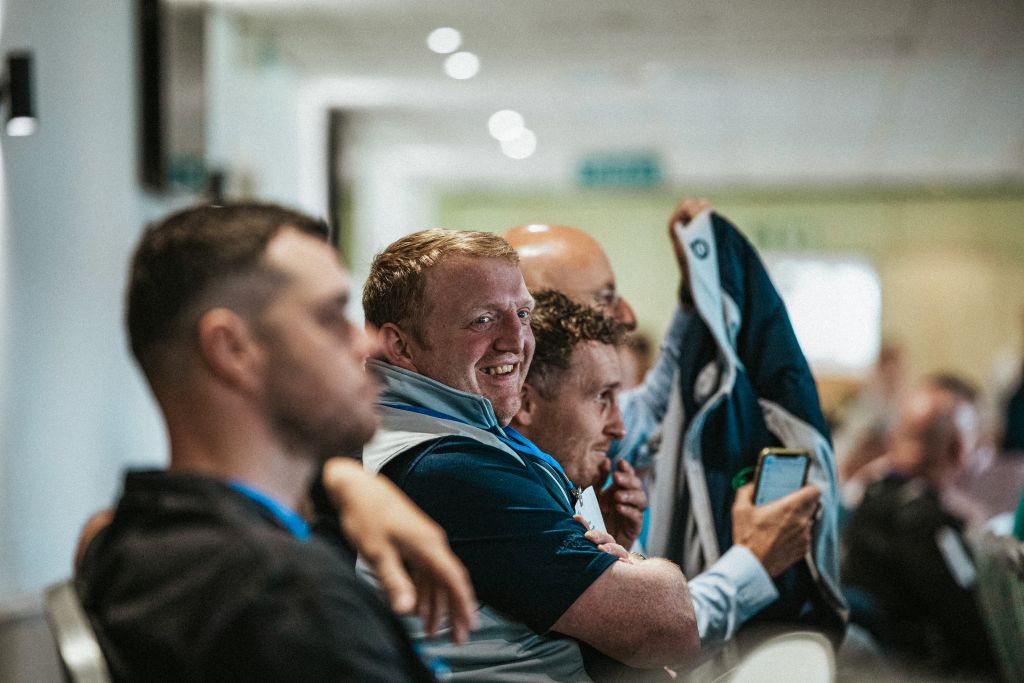DLF want to hear from you: As part of their extensive research and sustainable seed programme, DLF are inviting Turf Managers around the country to participate in a short survey to identify the variety and prevalence of fungal turf disease activity.
Input is required from all areas of fine and sports turf management, with the results helping to shape future developments of more tolerant seed varieties.

DLF want to hear from you
With the altering climate and changes to maintenance practices, there is a fear that new fungal diseases could appear or that known ones could become a more serious threat to turf quality. Therefore, to fully understand the current situation and provide solutions to the new challenges on the horizon, DLF would like to hear from you on your experience of recent disease activity. Feedback is sought from golf courses, winter sports facilities, schools/community surfaces, racecourses, polo grounds, amenity spaces and turf producers.
The link to the survey can be accessed here and should take no more than five minutes to complete: https://forms.office.com/r/XCHEfvmxT3
The fungal disease survey is just one of several research programmes currently underway across DLF’s global network, looking to create high performance, sustainable seed mixtures. Thanks to the incorporation of cultivars that improve turf quality and are kinder to budgets and the environment, without reliance on water and chemical inputs, DLF are providing solutions that deliver a sustainable surface without a compromise in visual merit or performance.
Findings from previous DLF trials are already proving pivotal in the field, including the identification of 4turf® and diploid perennial ryegrass varieties with enhanced tolerance to Brown Patch.
Incorporated into the Johnsons J Premier 4Turf 25 mixture, Head Groundsman at Reading Football Club Chris Last said, “July through to the end of September is our main disease pressure season and I could not be happier with how J Premier 4Turf 25 dealt with both Brown Patch and Grey Leaf Spot. We applied only one fungicide throughout the summer, when the GLS started to gain some momentum in early September, and while we unfortunately lost some diploids in the affected areas, the tetraploids held on and meant that to the untrained eye it was difficult to see where we had the fatal disease. Throughout the rest of the window, the enhanced plant health and strength meant I could treat disease with biologically friendly and cost-effective measures such as citric acid, phosphite’s and turf hardening fertilisers instead of using fungicide.”
For the latest industry news visit turfmatters.co.uk/news
Get all of the big headlines, pictures, opinions and videos on stories that matter to you.
Follow us on Twitter and Instagram for fun, fresh and engaging content.
You can also find us on Facebook for more of your must-see news, features, videos and pictures from Turf Matters.


























